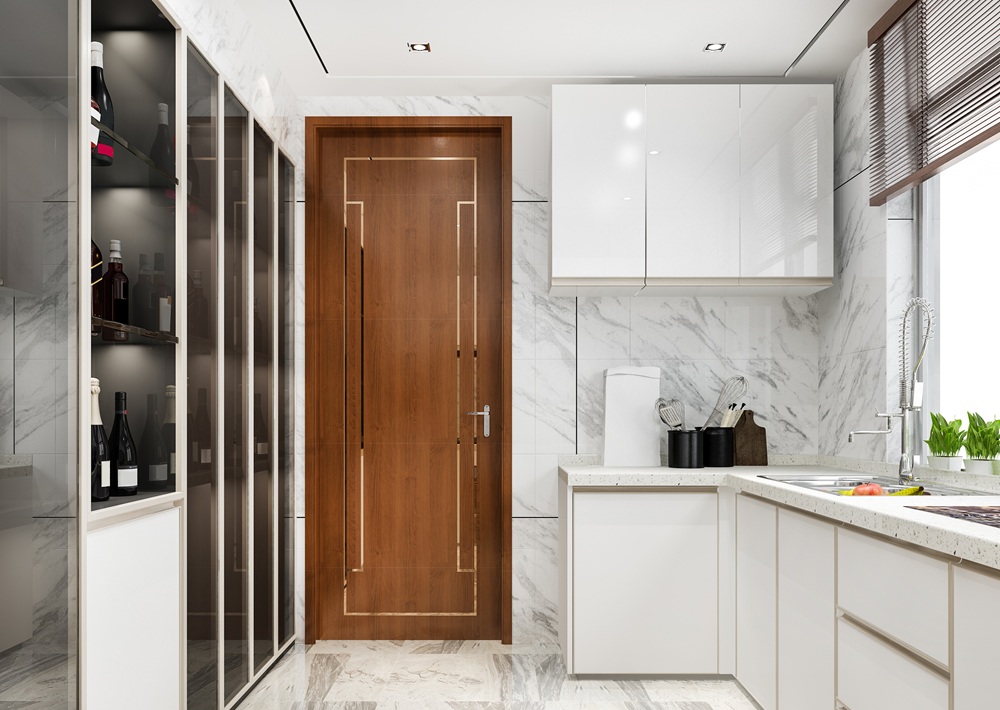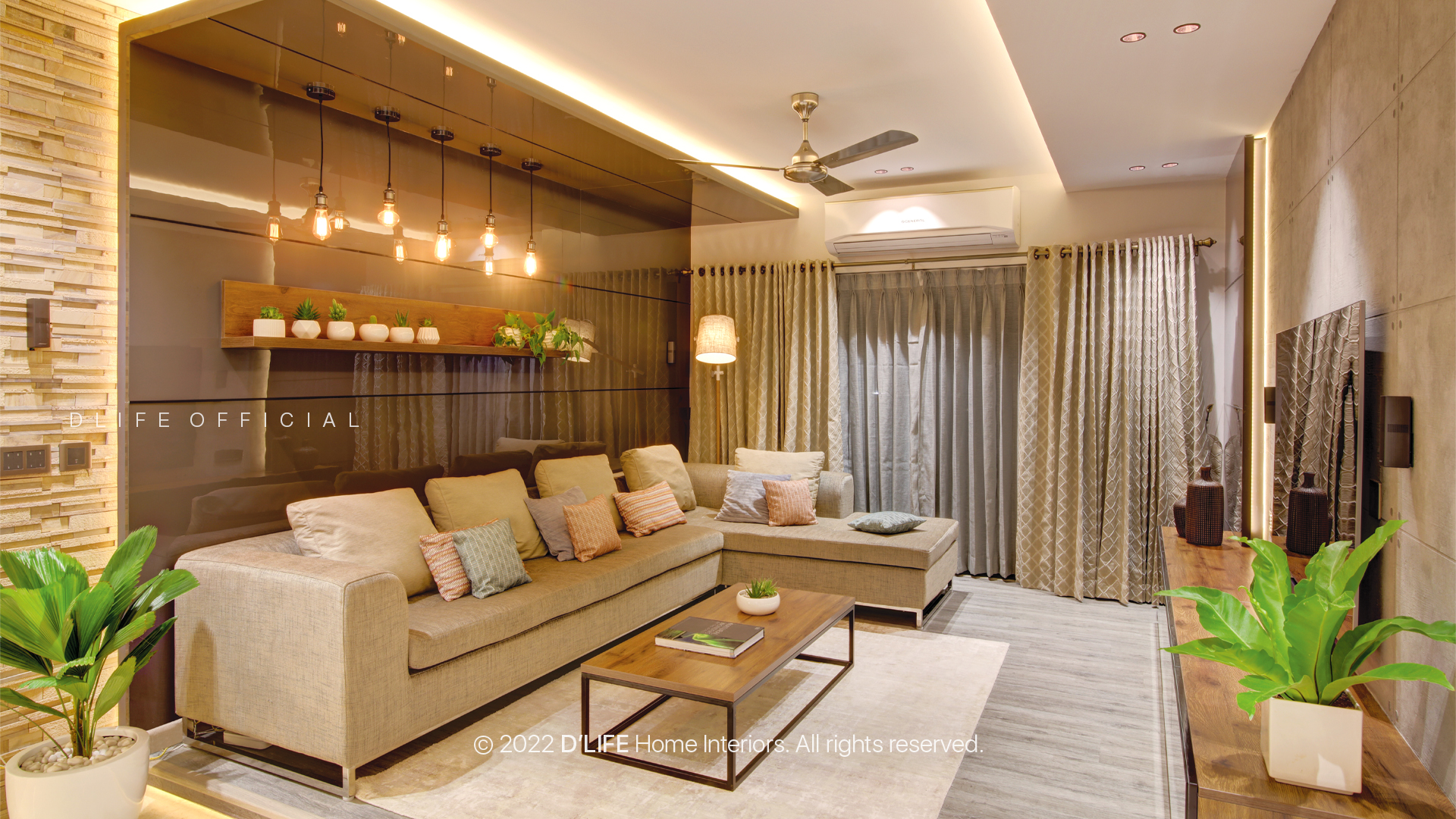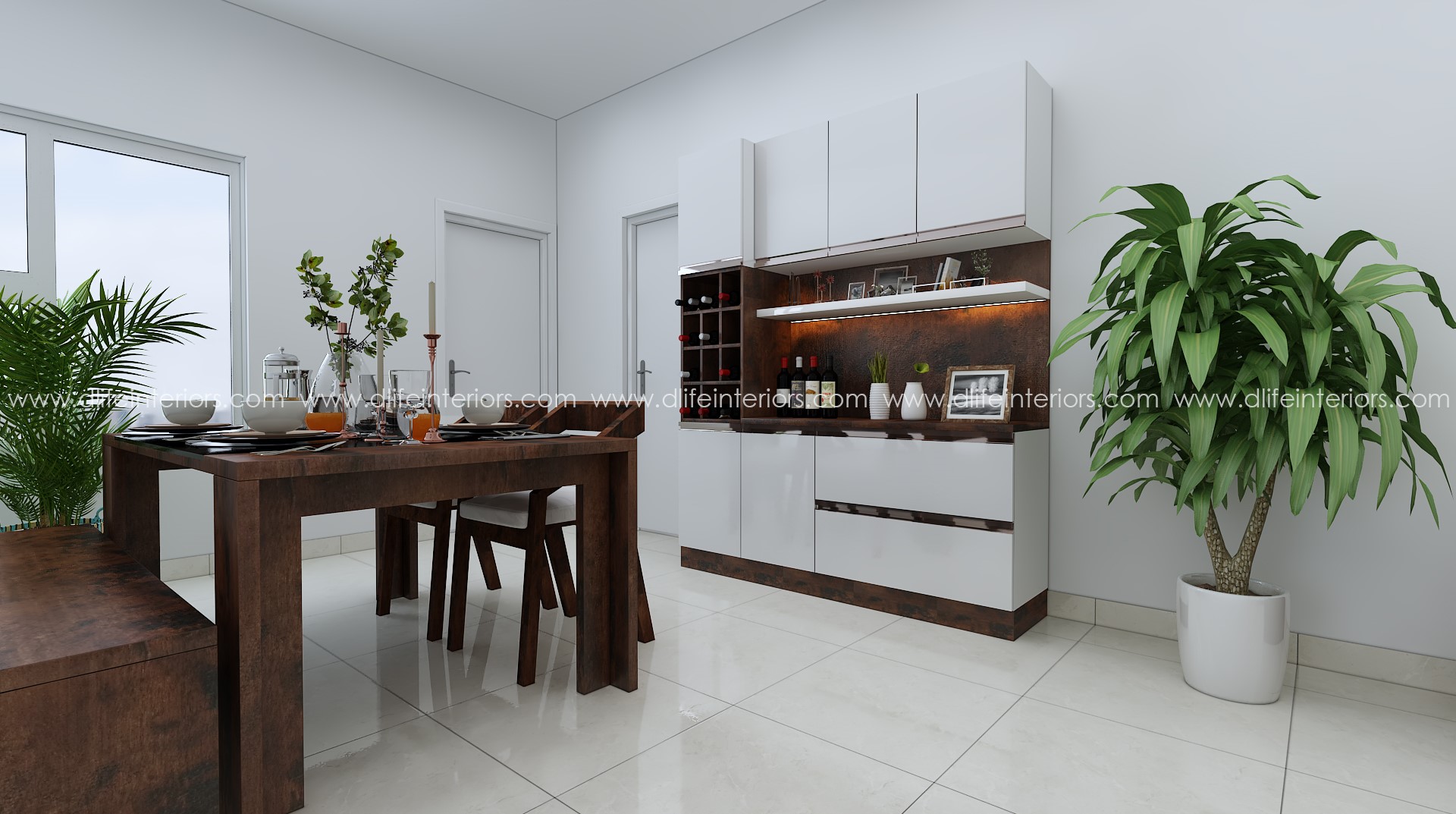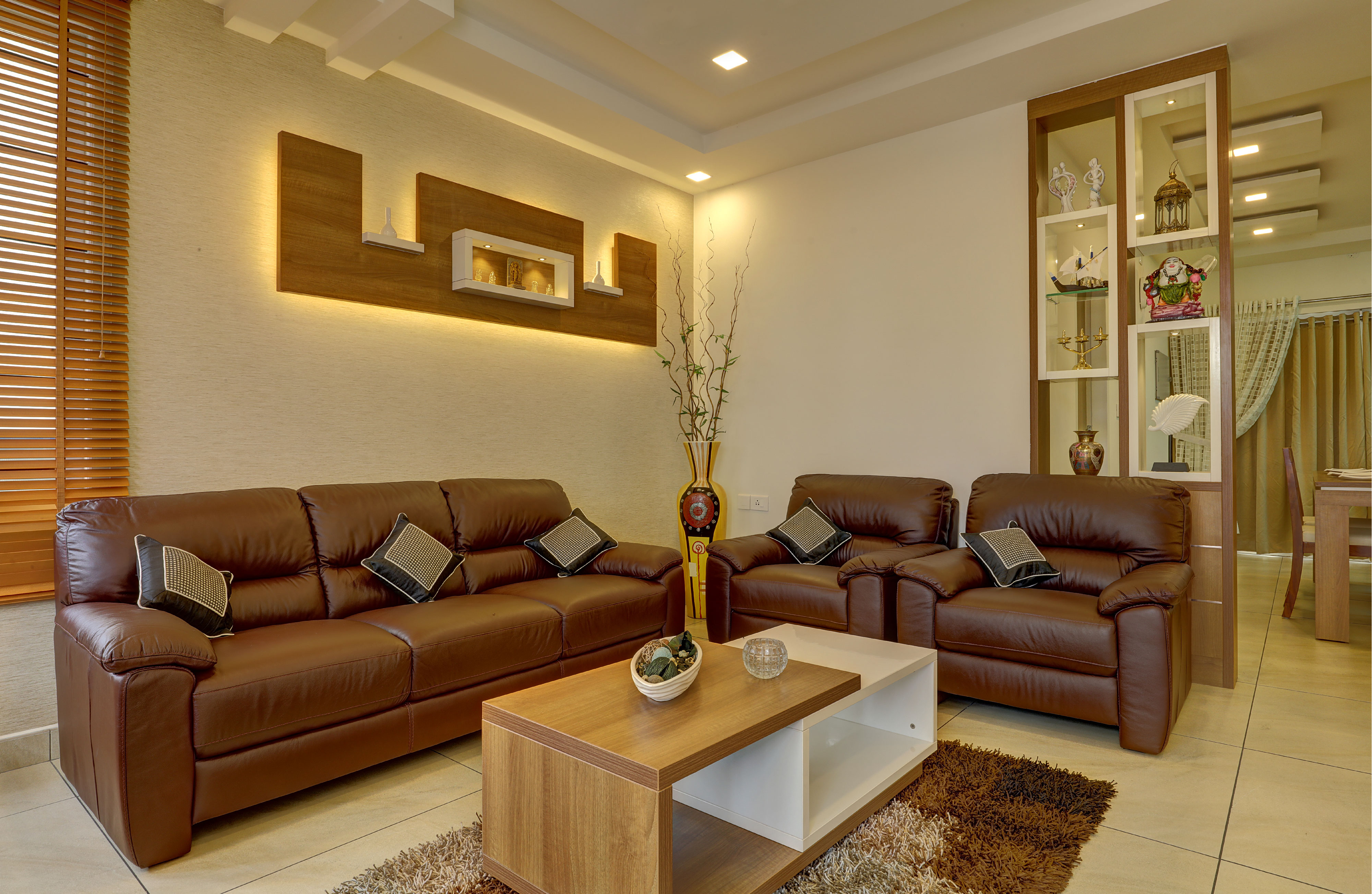Color Psychology in Interior Design: Choosing Hues for Happiness and Focus
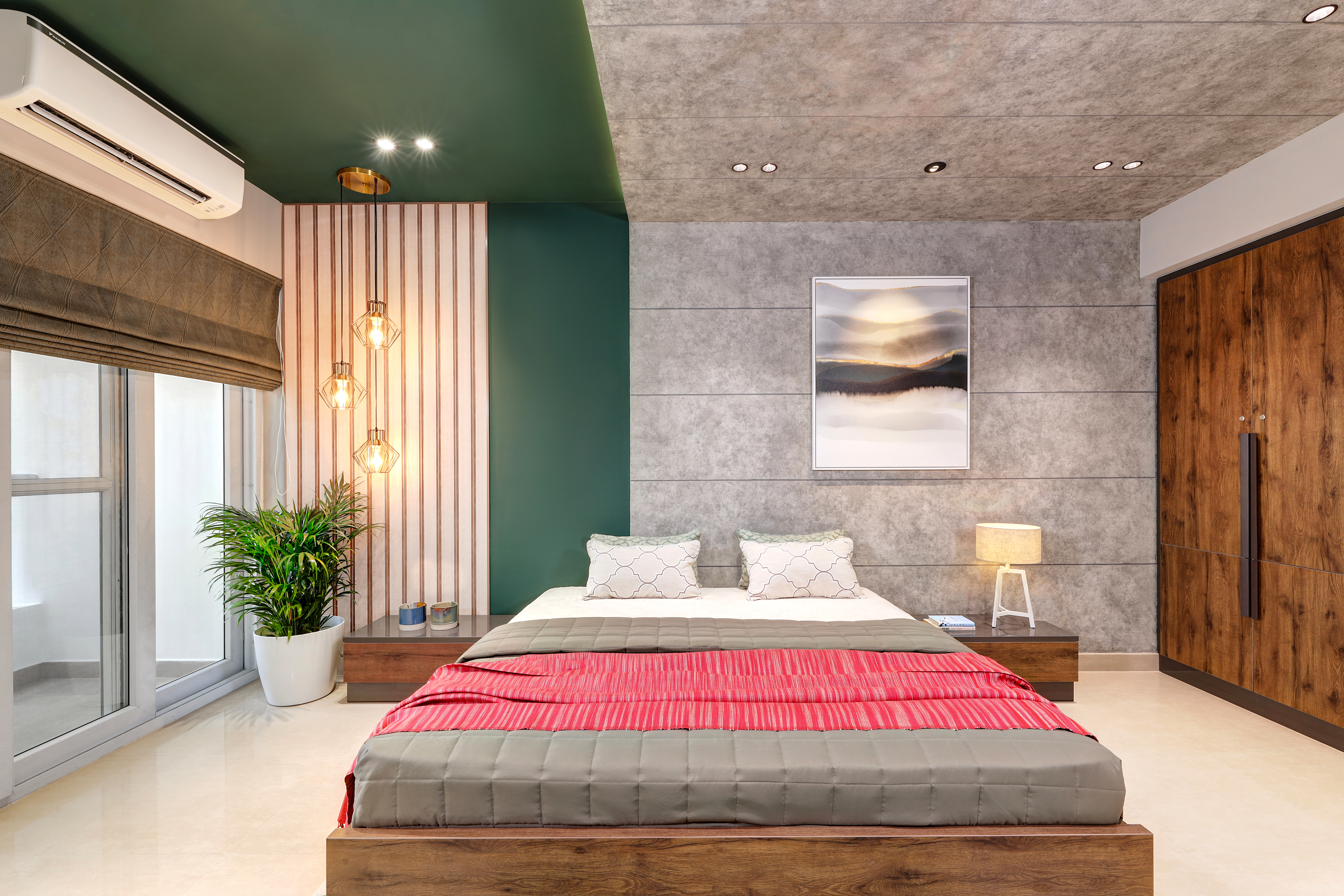
Strong 8k brings an ultra-HD IPTV experience to your living room and your pocket.
Color is far more than a decorative element in interior design—it’s a powerful psychological tool that shapes our emotions, influences our behavior, and transforms the way we experience spaces. The right palette can create a sanctuary of calm, a hub of creativity, or a haven for productivity, making color psychology essential for anyone seeking to design interiors that support happiness and focus. Drawing on their grasp of color, our interior designers in Kottayam created this article to help homeowners with color selection.
Understanding Color Psychology in Interior Design
Color psychology explores how different hues impact our mood, cognitive function, and overall well-being. In interior design, this means using color intentionally to evoke specific emotions and behaviors, whether you’re aiming for a restful retreat, an energizing workspace, or a welcoming social area. While personal and cultural associations with color vary, there are universal responses that guide designers in crafting harmonious, functional environments.
The Emotional Impact of Color Families
Colors are typically grouped into warm and cool tones, each with distinct psychological effects:
Warm Colors (Red, Orange, Yellow): These hues evoke energy, warmth, and vibrancy. They stimulate conversation and creativity, making them ideal for social spaces and creative zones. However, overuse can lead to restlessness or agitation, so balance is key.
Cool Colors (Blue, Green, Purple): These tones promote calm, relaxation, and focus. Cool colors are perfect for bedrooms, offices, and areas where tranquility and concentration are desired.
Key Colors and Their Psychological Effects
Below are some of the most influential colors in interior design, along with their typical emotional and behavioral associations:
Applying Color Psychology for Happiness and Focus
1. Identify the Purpose of Each Space
Start by clarifying how you want to feel and function in each room. Do you need a calming retreat to unwind, or an energetic area to spark creativity? Let the function guide your color choices.
2. Balance Intensity and Depth
Vivid, saturated colors can energize and inspire, while softer, muted tones are calming and restorative. Use bold hues as accents and balance them with neutrals to avoid overstimulation.
3. Consider Lighting and Context
Natural and artificial light dramatically affect how colors appear. Test paint samples at different times of day to ensure your chosen hues maintain their intended effect.
4. Personalize Your Palette
While color psychology offers general guidelines, personal and cultural associations matter. Choose colors that resonate with your personality and lifestyle for a space that feels authentically yours.
Practical Tips for Using Color Psychology
For Focus:
Use blues and greens in home offices or study areas to enhance concentration and reduce stress.
Incorporate touches of yellow to boost alertness and creative thinking, but avoid overpowering the space.
For Happiness:
Infuse living spaces with warm, inviting colors like soft yellows or oranges to foster optimism and sociability.
Add greenery or green accents for a sense of renewal and well-being.
For Calm:
Opt for muted blues, greens, or soft pinks in bedrooms and bathrooms to create a tranquil, restful environment.
For Versatility:
Use white or light neutrals as a base to create a sense of spaciousness and allow accent colors to shine.
Color psychology is a transformative tool in interior design, enabling you to craft spaces that not only look beautiful but also actively support your emotional well-being and productivity. By understanding how different hues influence mood and behavior, you can make intentional choices that turn your home or office into a true reflection of your needs and aspirations. Whether you’re seeking happiness, focus, or calm, the right colors will help you achieve your goals. You may want to consider consulting a professional team of interior designers in Kerala to give you unique insights into color psychology.
Note: IndiBlogHub features both user-submitted and editorial content. We do not verify third-party contributions. Read our Disclaimer and Privacy Policyfor details.




